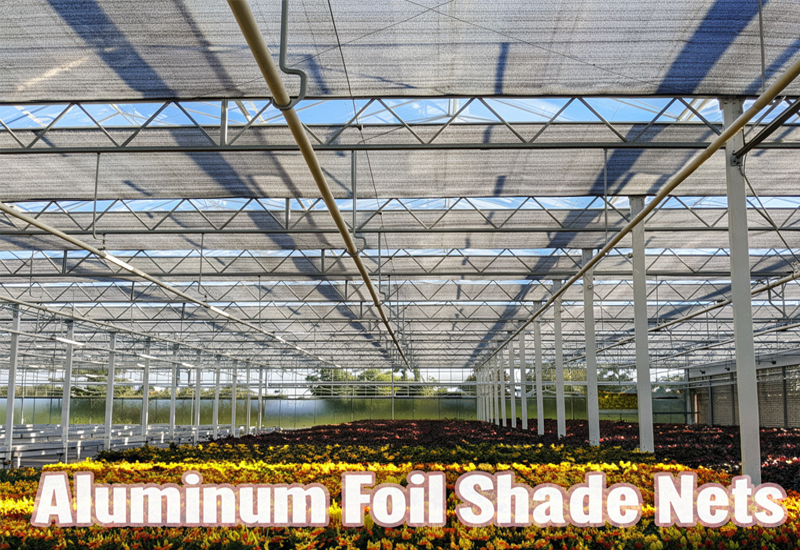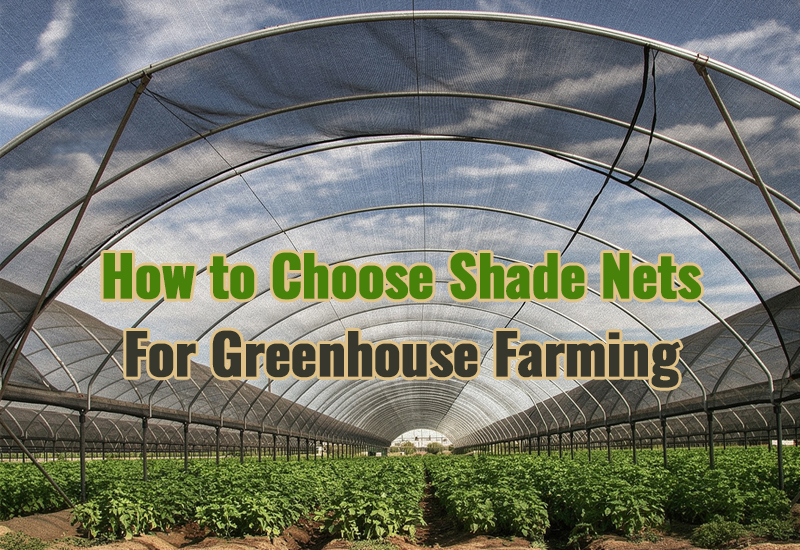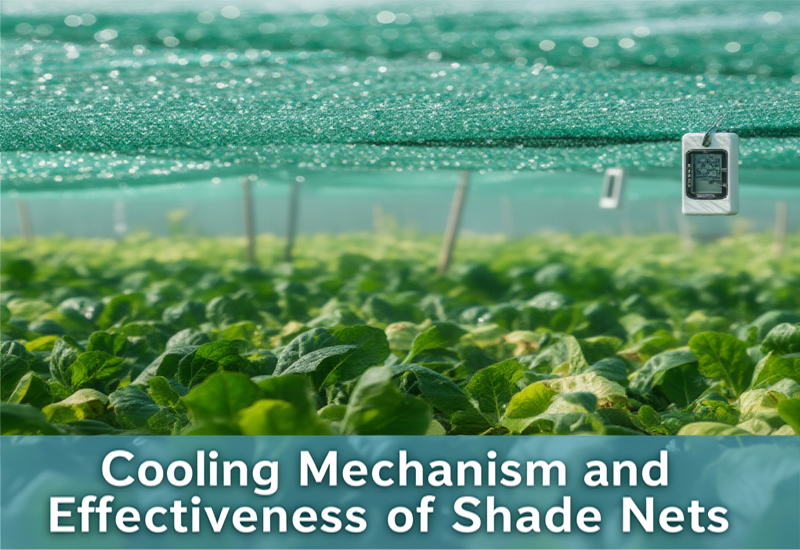Understanding the Cooling Function of Shade Nets
While shade nets are widely known for their solar shading and dust suppression properties, one of their most valuable advantages lies in their cooling capability.
By moderating temperature and reducing heat buildup, shade nets play a crucial role in creating a stable and comfortable environment for greenhouse crops, livestock, and outdoor facilities.
Key Temperature Reduction Data
Scientific tests and field observations have shown that the cooling effect of shade nets varies depending on weather conditions, soil depth, and net color.
1. Weather Conditions
● Clear sunny days: The most pronounced cooling effect is observed, as shade nets effectively block and reflect direct sunlight.
● Cloudy or rainy days: The temperature difference becomes minimal since solar radiation is already reduced.
2. Comparison with Open Fields
When compared with open-field conditions, areas covered by shade nets show:
● Noticeable soil temperature reduction at a depth of 5 cm
● An average maximum air temperature drop of about 2°C
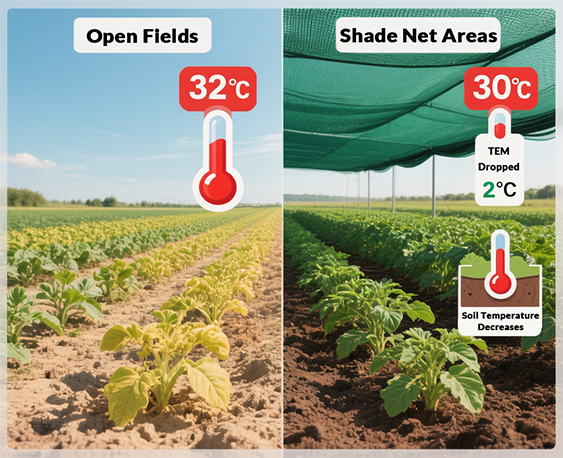
These differences significantly contribute to improved soil moisture retention and reduced plant stress during extreme heat periods.
3. Cooling Effect by Net Color
Color selection directly impacts the degree of cooling and light transmission:
● Black Shade Nets: Offer the strongest shading and achieve an average temperature reduction of 4°C.
● Silver-Gray Shade Nets: Provide moderate shading with reflective properties, leading to an average temperature drop of 3.3°C.
Choosing the appropriate color helps balance between light availability and thermal regulation according to crop requirements.
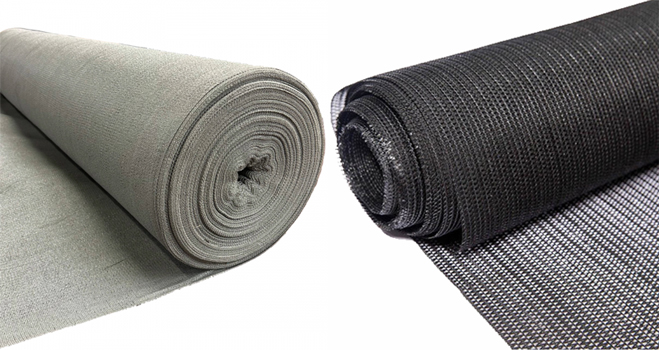
Scientific Principle: How Shade Nets Achieve Cooling
The cooling mechanism of shade nets is primarily based on thermal convection.
Here’s how it works:
1. Absorption and Reflection: The net absorbs and reflects part of the solar radiation, reducing direct heat transfer to the area below.
2. Convection Airflow: As warm air rises, it escapes through the mesh openings, allowing cooler air to circulate and replace it.
3. Microclimate Formation: This continuous airflow cycle establishes a cooler microclimate under the netting, helping to maintain comfortable growing conditions for crops and animals alike.

This passive cooling system requires no energy input, making shade nets an eco-friendly and cost-effective solution for temperature management in agriculture and construction.
Conclusion
Shade nets achieve cooling not by complex technology but through the scientific use of light reflection and air convection.
Their proven ability to reduce surface and air temperatures makes them an indispensable tool for modern agriculture, ensuring healthier crops, lower energy use, and a more sustainable growing environment.


